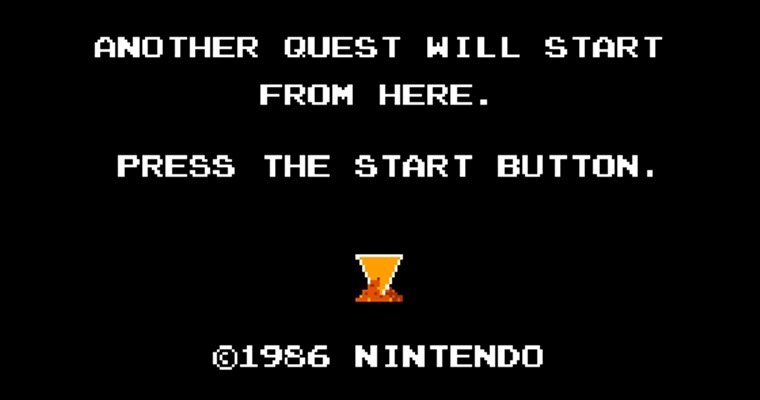
Marketers tend to focus (sometimes obsessively) on the conversion. Landing pages are endlessly tweaked for the perfect conversion rate. It’s a noble quest, but a killer landing page is only one piece of the puzzle. As Mack Fogelson, founder and CEO of Mack Web explained in a recent Unwebinar, landing pages are just one of many touch points before a conversion happens.
To create truly delightful and high-converting marketing campaigns, mind all marketing channels.
When all channels are optimized and work together as a unit, everyone wins. You create a delightful experience for your audience, and their gratitude comes in the form of a conversion – or better – a referral.
So, what does it take to create an awesome experience for your audience before, during, and after the conversion? Find out by watching the webinar recording here – or keep reading for a breakdown of the key takeaways.
Understand The Meaning Beyond Money
At the core of every business is a greater purpose. Before you optimize any part of your marketing campaign, you should step back and ask, “What is my meaning beyond money?”
Take GoldieBlox for example. While the company pay the bills by selling toys to young girls, their meaning beyond money runs much deeper, as their founder Debbie Sterling explains in the video below:
As an engineering student, Debbie was surprised by how few women were in the industry. This motivated her to create a toy company that would help girls develop an affinity for engineering, science and technology – ultimately working toward closing the gender gap.
It’s a purpose that resonates deeply with many of her customers. And, the purpose adds authenticity to GoldieBlox. Mack explained why this is important:
“Being authentic is what connects people to your brand.”
Beyond that, understanding the core meaning of your business helps align your messaging and marketing efforts – starting with your landing page.
Convey that Purpose on Your Landing Page
Mack’s client, Traveling Vineyard is a wine tasting company that creates stay-at-home jobs for hundreds of women.
When they began working together, Mack found that Traveling Vineyard’s messaging across marketing channels was disjointed and failed to communicate its unique value proposition. Have a look at one of their older landing pages:
Image Source
While the landing page had obvious design issues, Mack knew the ultimate problem ran deeper: Traveling Vineyard needed to better communicate its authenticity.
After all, as Mack explained, Traveling Vineyard doesn’t just sell wine. Their company changes the lives of women by introducing a new passion and empowering them to work.
It was time to tell the story of real women across all marketing channels.
Have a look at one of the landing pages that was created to convey authenticity:
Image Source
This new page tells the story of Kirby, a real woman who became a wine guide with Traveling Vineyard. The page includes photos and anecdotes – all conveying how Traveling Vineyard changed her life.
The landing page also goes into great lengths addressing fears that potential women might have, culminating in a lead generation form:
Image Source
But, does the new landing page motivate like-minded women to become wine guides too?
The makeover, along with other efforts to align messaging across channels, resulted in a 57% increase in lead form submissions.
Sync and Optimize all Marketing Channels
Once you created a landing page that effectively communicates the core meaning of your business, the work isn’t over.
As Mack explained, your next job is to ensure that your brand message is universally conveyed across marketing channels including:
- Blog posts
- Email marketing
- Social media campaigns
- Paid marketing efforts
- Automated emails
For example, once Traveling Vineyard’s purpose was clearly communicated on its landing page, other channels needed to evolve to support every step of the buyer journey. Here is what was updated:
- Blog posts that told Kirby’s story and drove traffic to the landing page
- Emails to existing customers to thank them for empowering women like Kirby
- Emails to existing wine guides to inspire them to invite their friends and family to become guides as well
- Follow-up email sequences that communicated next steps and allowed delivered on the company’s brand promise
- Paid ads on Facebook that shared Kirby’s story
Image Source
All optimization efforts took place over the course of a year. As Mack explained, aligning your messaging isn’t a small task, but a long endeavor that makes for a sustainable and successful business.
It leads to cohesive marketing experiences connected to the heart of what you want to achieve. That kind of cohesive experience resonates with and attracts prospects who share similar goals.
Start With the “Why”
While Mack acknowledged the “meaning beyond money” philosophy might sound a bit fluffy, it lends itself naturally to more concrete goals and financial benchmarks. She explained that understanding the why helps you break down the what of your marketing strategy:
Image Source
If you start with the why, Mack explained, you can then work backwards to establish concrete business goals – and the strategies and tactics that’ll help you get there.
Over to you. Are your landing pages conveying what matters to you as a business? And does that echo throughout everything you do?
This post originally appeared on Unbounce, and is re-published with permission.
Featured Image: ZeldaDungeon.net






